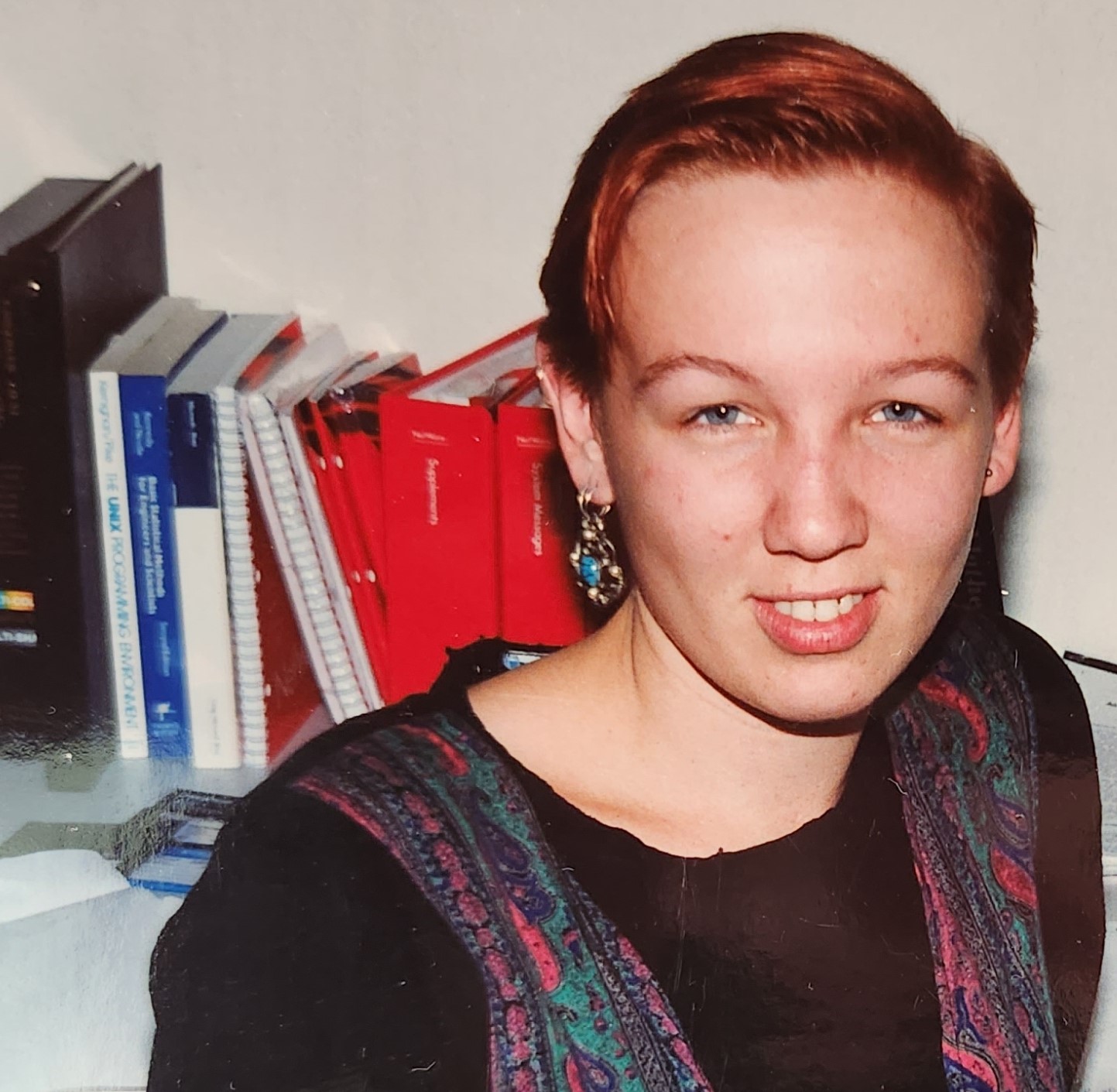In the early 1990s, I was a dyed-haired, fiddle-wielding member of a Sydney indie rock band that no one’s even heard of. At the same time, I was working as a computer technician, building networks, fixing PCs, and leading my users through the early days of corporate IT and the internet. While grunge violin was good fun, Information Technology turned out to be so too. It was also a lot more lucrative as a career option!
More than thirty years later, I’m still working in IT, designing, building and generally wrangling computing solutions until they do what I want them to. My IT journey has taken me from Sydney to London, Brussels, Geneva, the USA and back to Australia. I’ve had a front row seat to the rise of the personal computer, the crash of the dot-com bubble, and the growing pains of an industry that has rapidly inserted itself into all corners of modern life. Along the way, there have been late nights, frustrations and some, shall we say, interesting characters. There has also been inspiration, satisfaction and true camaraderie. In IT I have learnt, I have grown, and I have thrived.
One question has dogged me for much of my career: Why are there so few women in IT, especially in technical roles? It’s not a question I’ve ever had good answers for, so lately, I’ve been reading. I have learned that the earliest programmers were women, and that female programmers were not at all uncommon in the 1960s. Female enrolment in computer science degrees increased throughout the 1970s but then, in 1984, something changed. The percentage of women graduating with computer science majors peaked at 35% and then dropped, and continued going down. Today the percentages remain below 20% in countries such as Australia, the UK and the USA. Meanwhile, in eastern Europe and certain Asian countries, it is common for computing courses to have gender parity. Why the difference?
I have also read that computing professions have, along with a low rate of female entry, an unusually high rate for female attrition. It’s hardly surprising that I have, over all these years, encountered so few other women doing the sort of work that I do.
I have now written a memoir about my experiences, set within the broader context of women in tech. In my book, I have sought to tell a positive story of a life in IT. This is no Silicon Valley tell-all or Cyber Crime horror story. It is just the story of a woman making a great career for herself in a industry where skills, experience and attitude will get you everywhere. It is my great hope that more people from all walks of life will ignore the stereotypes and find this out for themselves.
I am currently seeking a publisher for this book.
If you would like to read a sample chapter, see Chapter 1: Lift Off.

